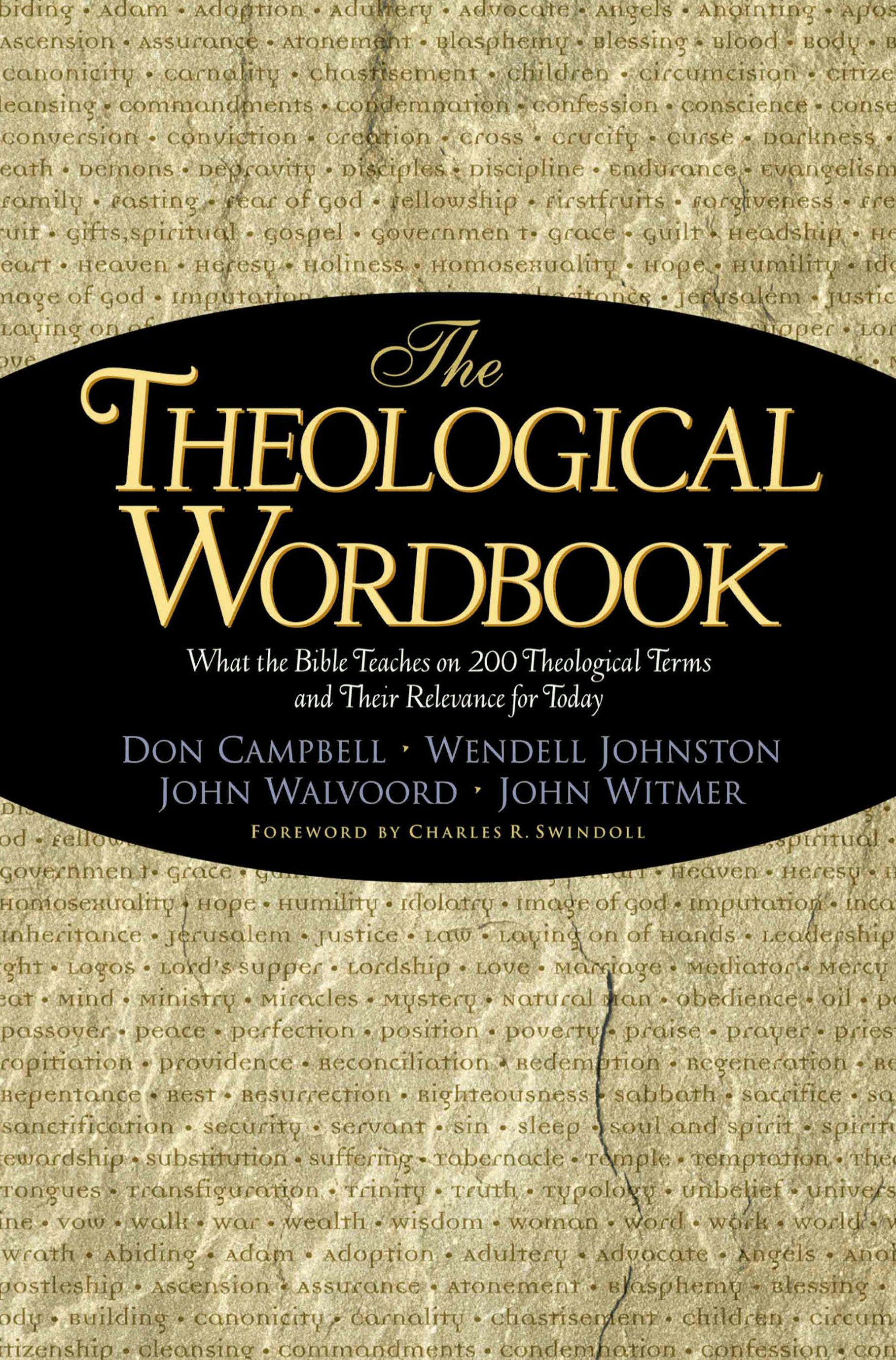
Its message had nothing to do with unclean foods, so the popular Christian interpretation that the vision signalled the termination of Jewish dietary laws (and the Mosaic Law in general) is not substantiated. Peter’s vision, in Acts 10:9–16, was shown to have a single meaning: Gentiles have been purified by God. The three research problems addressed were: i) the interpretation of Peter’s vision ii) the evaluation of three key texts which appear to refute the theory of intra-ecclesial Jew-Gentile distinction and iii) the example of the very early ecclesia with regard to making distinction between Jews and Gentiles. Does the text validate or refute the notion that the ecclesia should make a distinction between its Jewish and its Gentile members? Three specific problems were addressed in five research papers for this compilation thesis, each employing methods of biblical exegesis and logical argumentation.

The objective of this research is to critically examine the biblical case against making a distinction between Jews and Gentiles within the ecclesia, considering the narrative of Acts 10:1–11:18, 15:1–28:31, and a key metaphor in Ephesians 2:14–16. This development is troubling many Christians who, for doctrinal and practical reasons, believe it is heretical and brings division within the body of Christ (ecclesia).

As such, Christ’s is a better sacrifice than the OT’s in every conceivable way.Įlements of the Jewish faith tradition, including Torah observance and other Jewish practice, appear to be increasingly common among believers in Jesus. (4) The sense in which the OT sacrificial system foreshadows the sacrifice of Christ is, therefore, as follows: just as specific animal sacrifices put right specific ‘ceremonial issues’ in OT times, so now Christ’s sacrifices deal with all sin, be it ceremonial or moral, intentional or unintentional. He obtains forgiveness in exactly the same way as the NT believer, namely through faith in God insofar as God has revealed himself. The OT believer does not obtain forgiveness through sacrifices (or even through ‘sacrifices infused with Christ’s power’). (3) The sins of believers are completely forgiven in the OT hence, David can confidently proclaim, “As far as the east is from the west, so far does remove our transgressions from us”, and Paul can ground the doctrine of justification in David’s statements of his forgiveness (Rom. As mentioned above, its primary concern is the purification of God’s sacred space. (2) The blood of OT sacrifices is not normally applied to ‘sinners’ rather, it is applied to those who serve in the Tabernacle, or to the vessels or altar of the Tabernacle, or to the Tabernacle itself. (1) The purpose of the sacrificial system is not, for the most part, to deal with ‘moral transgressions’, but to purify the Tabernacle (and those associated with it) when a very specific type of transgression occurs, namely an unintentional transgression or a transgression of a ceremonial nature. It can more accurately, I believe, be summarised as follows. In conclusion the study shows that there is a fairly obvious tension between texts admonished or denying the practice of human sacrifice and texts allowing it.Ītonement (kpr) as it is defined within the Levitical system is often conceived of in a manner which is roughly correct in terms of its gist, but quite mistaken in terms of its specifics. The dissertation shows that the importance of chapter 27 has often been neglected by Old Testament scholars. Finally the return of the firstborn offering in Leviticus 27 along with explicit reference to human sacrifice is discussed. It seems clear that human sacrifice is projected onto the Molech cult. A discussion on who or what Molech was, is presented before exegesis is done of the two texts referring to Molech. The dissertation then moves from P to H material in Leviticus and it is noted that Leviticus 18 and 20 ascribe human sacrifice to the Molech cult. The study proposes that the firstborn offerings’ association with child sacrifice might have the reason for why it was left out. The question is why the commanded firstborn offerings are left out of Leviticus 1-7. The discussion starts with the firstborn offering commanded in Exodus and then moves to Leviticus 1-7 which is a blueprint for the ritual offerings within the YHWH cult.

The crucial question is whether human sacrifice was practiced by Ancient Israelites within the YHWH cult. This dissertation engages the issue of human sacrifice from a perspective of the book of Leviticus. The Hebrew Bible alludes to sacrifices throughout and also mentions human sacrifice.


 0 kommentar(er)
0 kommentar(er)
